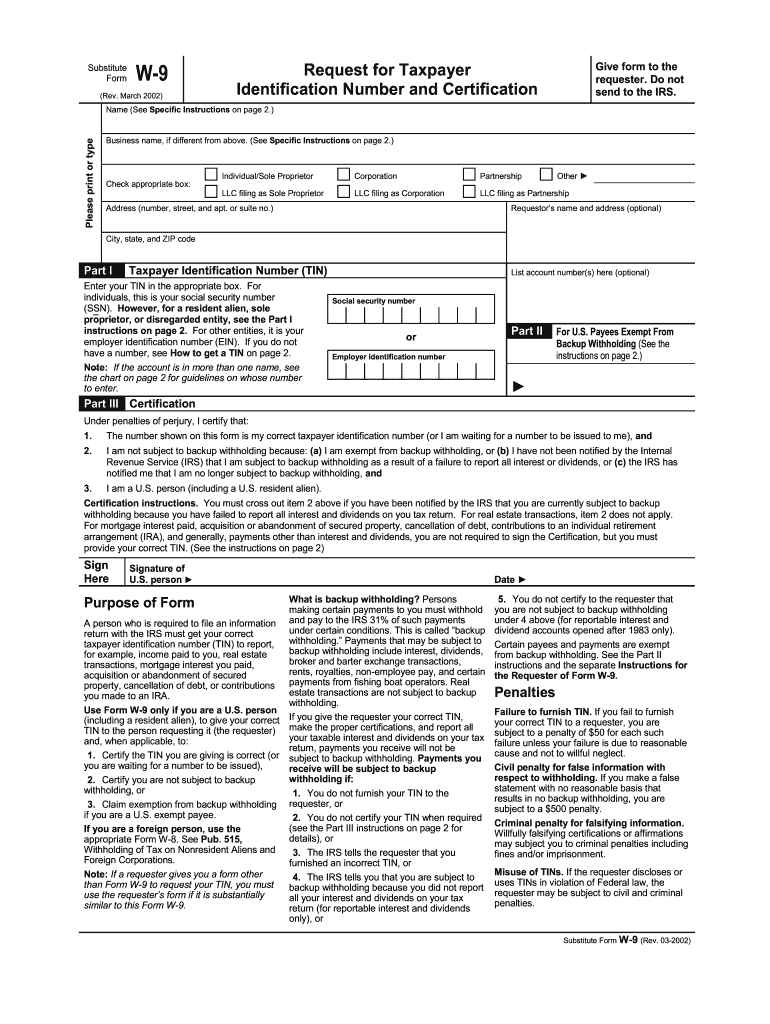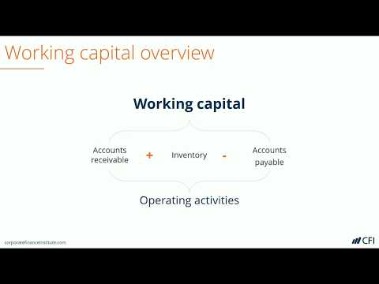Posting the journal entries to the ledger accounts Advanced Bookkeeping Techniques Video Tutorial LinkedIn Learning, formerly Lynda com

Journal entry accounting was the only way to enter data into financial records. In the journal entry, Dividends has a debit balance of $100. This is posted to the Dividends T-account on the debit side. You will notice that the transactions from January 3, January 9, and January 12 are listed already in this T-account.
As a smaller grocery store, Colfax does not offer the variety of products found in a larger supermarket or chain. If you would like to see what it looks like to move journal postings into a general ledger in Excel, watch this additional video. You can also add a comment on the reversal reason – the Notes field is mandatory and needs to be filled out in order for the journal entry to be reversed. Interest Applied transactions on current accounts with overdraft interest and positive interest generate Journal Entries separately for overdraft and positive interest.
What Balance b/f, c/f, b/d, c/d Mean In Financial Accounting
These reports identify if Edit Journal or Budget Check Journal errors occurred. On the reports generated for batches with multiple currencies, the CA amounts represent the foreign side of the entry. If there is a balancing error, the system generates the Detailed Post Error report. If you enter journal entries with multiple currencies, the system generates the other reports listed below. A Ledger is a collection of accounts used to post journal transactions to individual accounts.
What High School Is Like in 2023: A Multimedia Challenge for … – The New York Times
What High School Is Like in 2023: A Multimedia Challenge for ….
Posted: Tue, 29 Aug 2023 07:00:00 GMT [source]
The difference between the debit and credit totals is $24,800 (32,300 – 7,500). Having a debit balance in the Cash account is the normal balance for that what is bad debt provision in accounting account. Grocery stores of all sizes must purchase product and track inventory. While the number of entries might differ, the recording process does not.
Profit Margin: How To Calculate Profit Margin For Your Small Business
Non-cash transactions like depreciation and amortization may also require journal entries. After you link your products to GL Accounts by defining the Product Rules, Mambu will automatically log corresponding journal entries for each transaction posted in a client account. Journal Entry Posting is a process that, with a few exceptions, runs “behind the scenes” and is the heart of Journal Entry.
Numbers get transposed, addition and subtraction errors creep in, plus finding those mistakes is nearly impossible. When creating journal entries manually, you need to track which entries relate to which transactions as you post items to the general ledger. This is the only reliable way to find the source if something is off and you need to verify a number to ensure accurate financial reporting. It is a good idea to familiarize yourself with the type of information companies report each year. Peruse Best Buy’s 2017 annual report to learn more about Best Buy. Take note of the company’s balance sheet on page 53 of the report and the income statement on page 54.
Reason for Policy
This shows where the account stands after each transaction, as well as the final balance in the account. How do we know on which side, debit or credit, to input each of these balances? The monthly accounting close process for a nonprofit organization involves a series of steps to ensure accurate and up-to-date financial records. In the General Journal, when an account has been posted to an individual account, the number assigned to that account is listed in the Post Ref column to indicate that entry has been posted. In the General Ledger, for the corresponding transaction, the page number of the General Journal is entered to signify the page where the transaction can be found.
Before we get ahead of ourselves, let’s start with the basics. Journal entries are reflected in the University’s external financial reports and regulatory filings, as well as internal management reporting. Charges and revenues must be between the start date and end date of the cost object and GL account used. Accrual and deferral journal entries should follow US GAAP, ensuring that expenses are recorded in the period the goods or services were received, and revenues are recorded in the period earned. Journal entry is recorded in a journal which is also known as the primary book of accounts, this is where all transactions are recorded for the first time in a progressive order. The words are often used around each other, however, there is a difference between journal entry and journal posting.
Journal posting is done inside a ledger which is also known as the principal book of accounts, this is where all ledger accounts are maintained. In order to have a written record which gives detailed explanation for all system records, we recommend a system of paper entries which correspond to all manual journal entries. For
batches that are not yet posted, click the Show First Entry Desc. Button
(F11) above the description (final) column allows you to toggle between
the batch label description and the description of the first item in the
batch. This will go on the debit side of the Supplies T-account.
Recent Posts
At the end of each period (e.g., month), transfer journal entries into your ledger. When posting entries to the ledger, move each journal entry into an individual account. Your general ledger provides the necessary information to create financial statements, like your business balance sheet, cash flow statement, and income statement. In turn, your financial statements can give you a clear snapshot of your business’s finances. To post to general ledger, you must use double-entry bookkeeping.
The carrying out of these instructions is known as posting. The video provides a clear description of where in the accounting cycle posting occurs. As stated earlier, posting is recording in the ledger accounts the information contained in the journal. The good news is you have already done the hard part — you have analyzed the transactions and created the journal entries. If you debit an account in a journal entry, you will debit the same account in posting.

After you enter, review, and approve journal entries, post them to the general ledger. Debit your Expense account 1,500 to show an increase from the rent expense. And the $20,700 cash payments in the “Bank” T-account come directly from the total of the “Bank” column in the cash payments journal.
The debit is on the left side, and the credit is on the right. The Journal Entries are entered line by line into the Ledger and the balances are updated after each transaction. But once you get the hang of it, recording journal entries will be less intimidating. Each account type can have various sub-accounts within them.
Note that modern accounting programs handle the posting of journal entries to the ledger automatically. However, it’s still good to know how posting works, especially if there’s any errors that need to be corrected and/or traced back through the system. We take the total of cash receipts from the cash receipts journal (column “bank”) and insert this on the debit side of the “bank” T-account. And we take the total of cash payments from the cash payments journal (column “bank”) and insert this on the credit side of the “bank” T-account. The third step in the accounting cycle is the posting of these journal entries to the ledger (T-accounts). When journal entries are posted on this screen,
the user name, employee ID and workstation of the person posting the batch
are also captured and stored in the G/L history file (GLHIST).
- The system creates a variety of reports to help you verify the posting information.
- In addition, the current year balances are updated for all periods up to but excluding the current period.
- Journal entries form the building blocks of the double-entry accounting method that has been used for centuries to keep financial records.
Individual transactions are entered and a running balance is tracked. Periodically journal entry “adjustment” transactions to the University’s General Ledger (GL) are required to correct errors, transfer funds, and accrue or defer revenues and expenses. We know from the accounting equation that assets increase on the debit side and decrease on the credit side.
Examples of Common Journals
In the journal entry, Utility Expense has a debit balance of $300. This is posted to the Utility Expense T-account on the debit side. You will notice that the transactions from January 3 and January 9 are listed already in this T-account. The next transaction figure of $300 is added on the credit side.
The $35,500 cash receipts in the “Bank” T-account comes from the total of the “Bank” column in the cash receipts journal. The T-account is a summary record of everything for a specific accounting item that occurred during a certain period of time. Yes, you can append additional entries to the posted batch.


